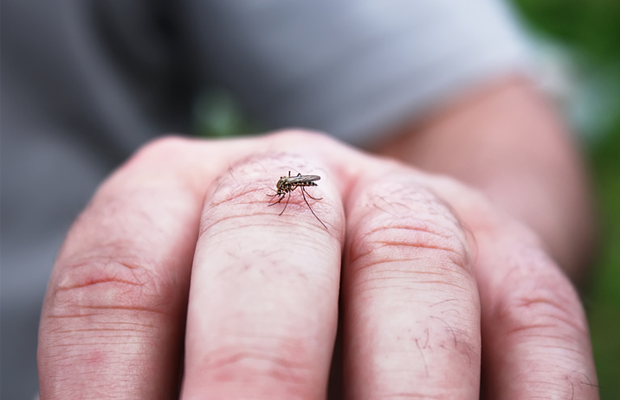A Swedish app developer has been reported to the Swedish Medical Product Agency following the report that over 35 women had fallen pregnant even though they had used the app.
The app, Natural Cycles, is the only certified contraception app in the world and was developed by Doctor in Particle Physics, Elina Berglund Scherwitzl.
No need for medication
The number came from the selection of women who requested abortions at a Swedish hospital from September to December 2017. These women cited Natural Cycles as their method of contraception.
Swedish publication, SVT Nyheter, reported that the Medical Product Agency has launched an investigation into Natural Cycles. They also state that the app has not been approved by the Agency, but received certification through the European Union’s regulatory framework for medical devices.
The app grew in popularity due to the fact that users don’t need to take any medication, like birth control tablets, altering the body’s hormone activity.
The company released a statement on their website addressing the media attention they’ve received following several Swedish hospitals reported the organisation.
In their statement, the company said that an unwanted pregnancy is unfortunate and they care deeply each time one of their users fall pregnant and it’s unplanned.
93% effective under typical use
“Unfortunately, no contraception is 100% effective and unplanned pregnancies are an unfortunate risk with any contraception.
“Natural Cycles is 93% effective under typical use, which means seven out of 100 women will get pregnant due to all possible reasons (e.g. having unprotected intercourse on red days, failure of the contraceptive method used on red days).
“Under perfect use, where women use protection on every fertile day, Natural Cycles is 99% effective,” the statement added.
Natural Cycles was created after Elina initially developed the application to monitor her own cycles.
[embedded content]
The app works by users taking their temperature in the morning with a basal thermometer, which is meant to be more sensitive than a regular fever thermometer because it shows two decimals.
Red and green days
They advise that users take their temperature before getting up or out of bed and then plug those readings into the application for it to analyse. They also advise that you not measure should feel sick, have a hangover or if you’ve slept less than usual.
Once you add your temperature, their “how to get started” video states that the app algorithm analyses it and will let you know whether you’re having a green or a red day. A green day means you’re not at risk of falling pregnant, but if you’re having a red day, you should make use of protection in order to prevent a pregnancy.
Are you using the Natural Cycles application as a form of contraception? Tell us about your experience by emailing healthnews@health24.com and we may share your story. Should you wish to remain anonymous, please let us know.
NEXT ON HEALTH24X
















